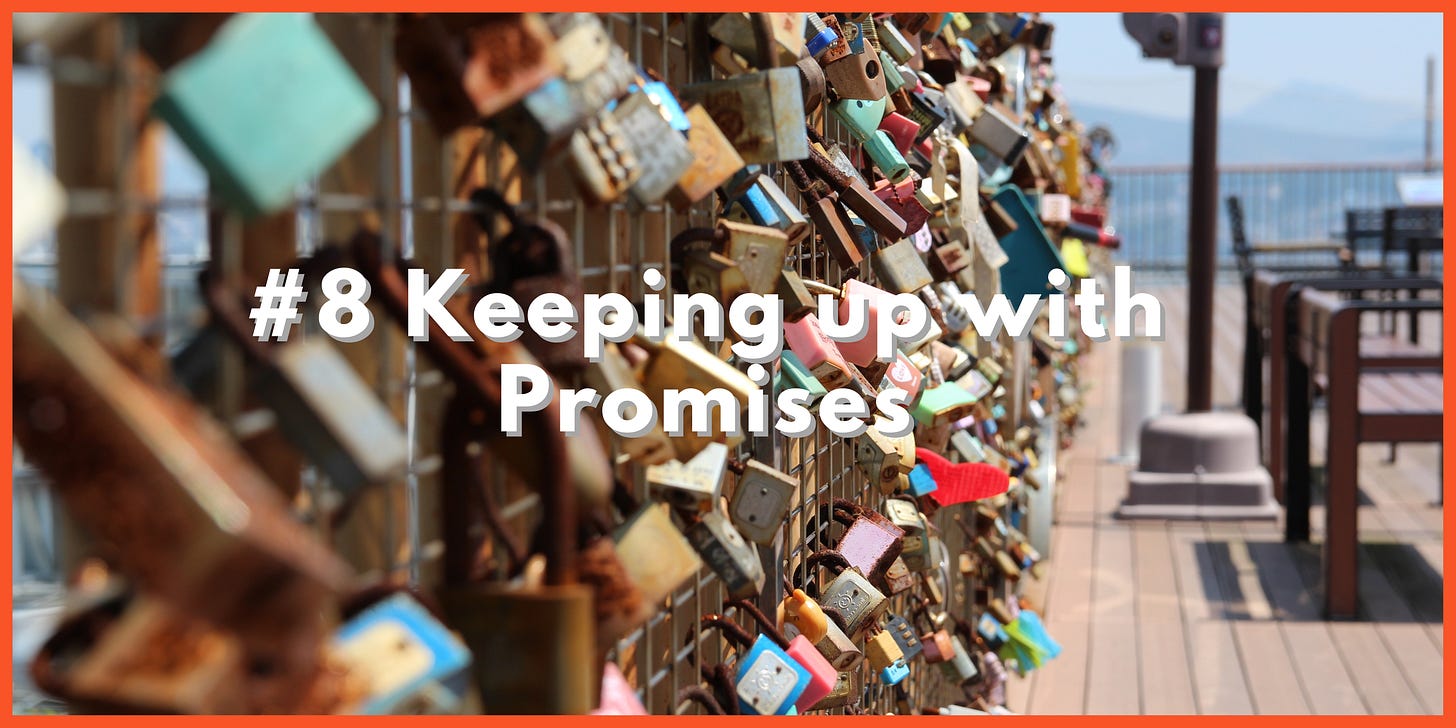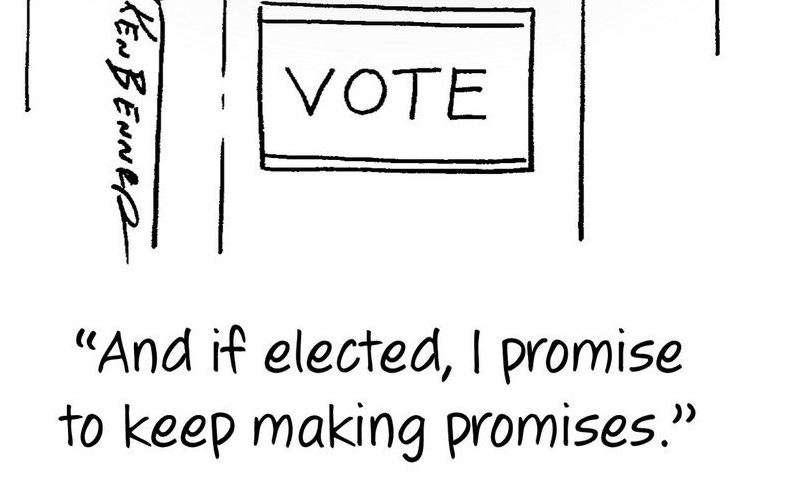#8 Keeping up with promises
Web3 has a lot of promises, and warrants some fundamental changes. Read on to explore the changes, and confront some loop-holes.
“The participant's level of effort increases with the spread between the winning and losing prize”
- Tournament theory
This principle is the driving force behind sports, behind top executive salaries and behind creation of any “high-stakes” competition – where the winner gets nearly everything, but the others – near to nothing, even though there is a marginal difference in productivity.
There is but, one more space where this phenomenon is at play (and many argue, that it shouldn’t – and are set to change it) – the creator economy.
90% of streaming royalties on Spotify go to the top 1.4% of musicians. The top 1% of all streamers earn more than half of all revenue on Twitch. 1% of podcasters claim the majority of podcast ad revenue. One may easily exclaim, that such disparities are a part every economy, and is not particular to content, then why all the buzz? The answer is that, we may have finally found a way to change it.
Evolution
But before that, let us see how it is currently shaped – Basically, how the internet broke the media business model is the simple fact that the internet was not built to facilitate the flow of money. Payments weren’t built into the internet’s infrastructure—it was considered too risky. The lack of payment infrastructure is the reason why so much of the internet is monetized via advertising. Rather than requiring users to pay, users could be monetized frictionlessly and indirectly, paying not with their money but with a different asset: their attention (Read: Advertisements). Elegant, no?
And now, Youtube, Instagram, Amazon, Candy Crush– all of them are into one business: that of your attention. Goes without saying that the ad-based revenue model has enormous implications for content creators - they are compelled to create content that attracts advertisers.
In effect, the power (and the money) shifted from old gatekeepers of media who controlled content creation and distribution—the publishers, record labels, and movie studios to the “aggregators”, still keeping millions of creators elusive of any real profits.
The Promises
Web3, promises to change this – and place the power back into the hand of the creators. Bill Gates, in his 1996 essay (When both authors of this piece were 0 years old), predicted that “For the internet to thrive, content providers must be paid for their work,” he writes. “The long-term prospects are good, but I expect a lot of disappointment in the short-term”. Web3 promises that the short-term has ended.
There are four principles to it:
Digital scarcity and pricing power: Currently a butt of many jokes – NFTs are promising to introduce scarcity (and cease the free for all replication) and give the pricing power in the hands of creators. Be it Ed Sheeran, or Tony Kakkar, the amount of money earned per stream remains the same – something that NFTs want to change. Creators can decide their ask price, through NFTs.
One may say, that if a song is great, the world would listen to it more, and end up giving more revenue. But some creators don’t cater to masses, they cater to a hyper-niche who would be willing to die for their creations, while the rest of the world would reject it.
Successful implementation of course, will require good amount of technology and legal co-operation. But it may also drive up the prices of media (which is currently heavily subsidized through advertisements), and make artistic recreation a luxury of the rich.
Making ownership, an investment: You can bet on creatives horses. Imagine a young artist who you believe is going to make it big. You invest in her, and then when she makes it big, you are rich too. Web3 will allow you to get a “share” of art’s success once you own it. Wonder if tech companies are already building stock exchanges for creators.
Programming wealth sharing: The account of a uploader gets the buck, not the millions of creators behind. Yes, professionals have contracts governing them, but amateurs/beginners might be left behind. When wealth sharing is ingrained within the system, there are no qualms. One can give their soundtrack to a travel video, and be assured of getting a share of profits if it gets popular.
Not just the content, the platform too: Let us we are able to do everything we said above, we would still require a platform, an aggregator or marketplace. This is still a loophole, as it would give considerable control to the platform and violate the fundamental principle of it. This is where DAOs and community ownership protocols play their role. DAOs is alignment of incentives through community ownership primacy and a removal of the need to extract value. The result: a democratized, disintermediated content landscape where creators have control over their work, how it’s distributed—and how it’s valued. Check out our piece on Web3 communities.
The Doubts
It is not seldom that Web3 and NFT technologies are dubbed as the “Renaissance” or the “Golden era” or creator economies. But they come with their own set of doubts and loopholes.
If creators are given the pricing power, would it mean that the best content will not be open to the common man? Much like how the best of domestic produce of a country gets exported to fetch a better price, the hold over content will also be the prized possession of the rich few, defeating the entire purpose.
Secondly, even if some media is owned by a community, will that community not try to maximize the value it can extract out of their asset? Or sell it to someone who can? Will we circle back to the same aggregator model?
The creators will certainly benefit monetarily benefit from this, but at whose expense? Probably the consumer, as they will pay higher prices, be cut-off from some options – and with minimal of no effect on the existing “controllers” of the content economy.
As this economy is being re-built, we can either hope or play our parts in answering these queries and probably re-shaping the system for a better future.




